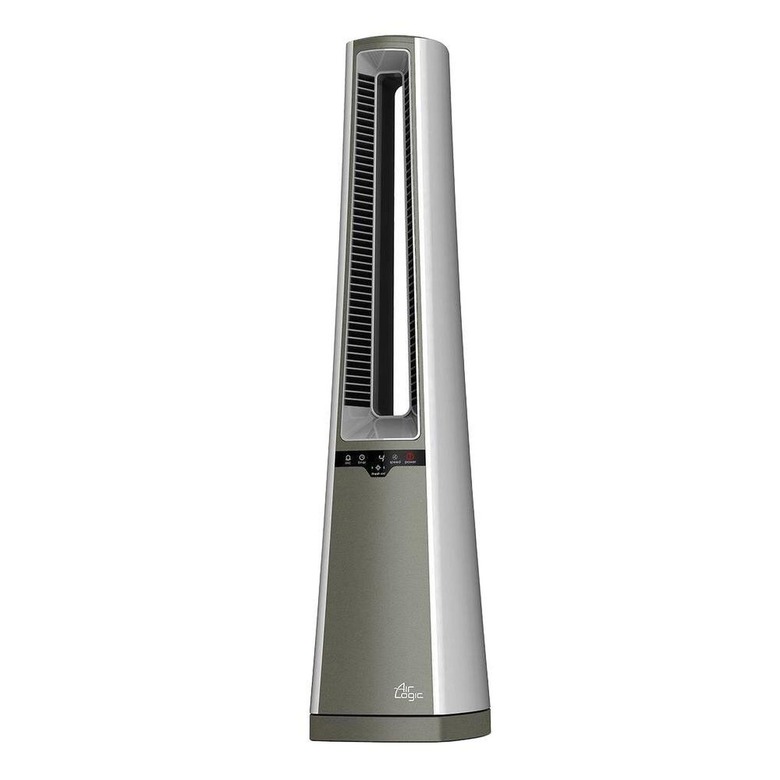How Does A Tower Fan Work?
It's efficient, compact and spreads cool vibes throughout a room. From seemingly bladeless to slim and effective, there are a wide variety of tower fans on the market. Understanding how they work is a bonus when choosing the right one for your space.
Why a Tower Fan?
Why a Tower Fan?
Although they have a slimmer build, tower fans actually cover a wide area. The long vent that runs the height of the fan allows for more air circulation coverage and dispersal. The stand has a small footprint so it can easily fit into snug spaces and the tall, thin frame makes it easy to tuck them behind a large potted plant for a more pleasing room aesthetic. They oscillate on that stand at a 90-degree angle, which gives the ideal angle for good distribution of cooler air. Most models come with a handy timer to shut off and save power in certain situations, such as when dusk falls and temperatures are naturally cooler. Many of today's tower fans come with ionizers and filters for allergen issues. Remote controls are also regular features for these more diverse modern fans.
How it Works
How it Works
A typical fan propels the air forward with blades that spin in one direction. The air flow is narrow and focused. A tower fan is built to pull air and push it out in a wider span. The tower fan's impeller blades in the cylinder housing move the air through the column and out of the vents. It runs the length of the slim tower that is designed with vents that block or permit the air to make its escape to cool down your space. The air impeller in the air blower moves air through a vertical shaft. The side of the tower casing has an inlet for air that travels to the air guide and out the vents. Make sure to keep the vents clear of dust and debris and wipe it down once or twice a season to keep it in good working order.
Bladeless Angle
Bladeless Angle
It's baffling to look at as it cools you down without the appearance of any moving parts, but the Dyson Tower is a well-made machine. It looks as if its doing nothing as its large, round empty eye stares out into the room. The bladeless fan actually does have blades. Hidden inside the pedestal stand are nine asymmetrically-aligned blades that pull in 5.28 gallons of air per second, making it a workhorse in fandom. A brushless electric motor rotates the blades and pushes the air up through the ring at the top of the fan.
